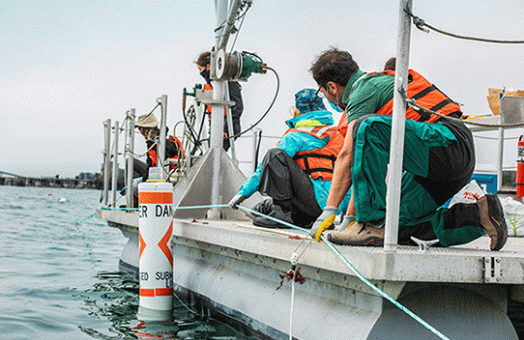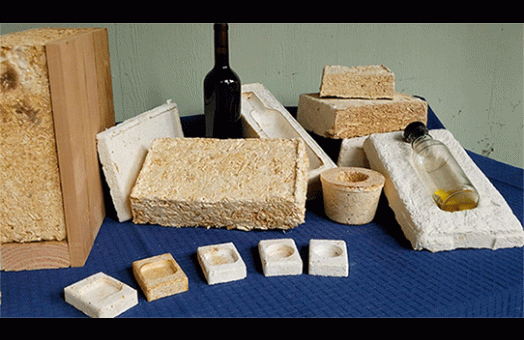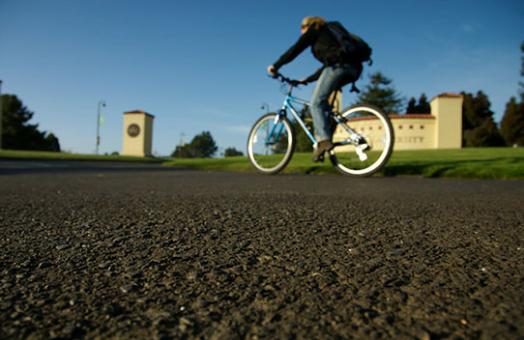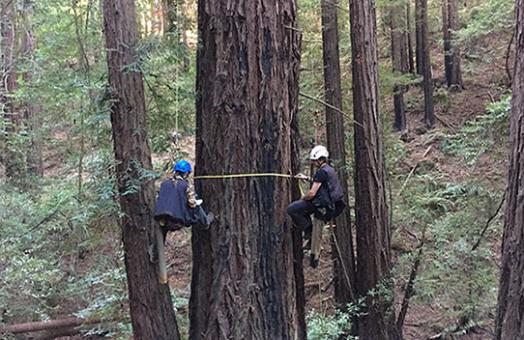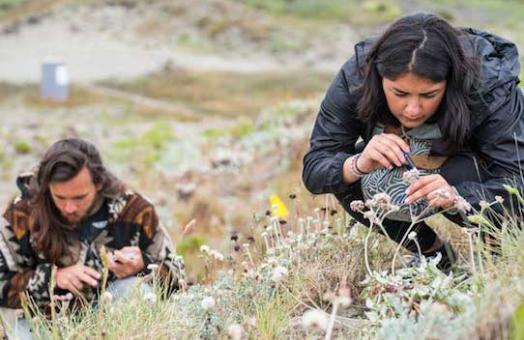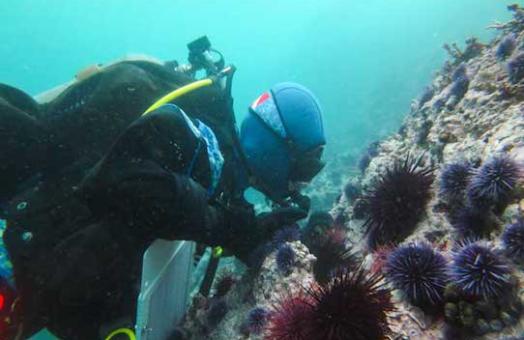Image
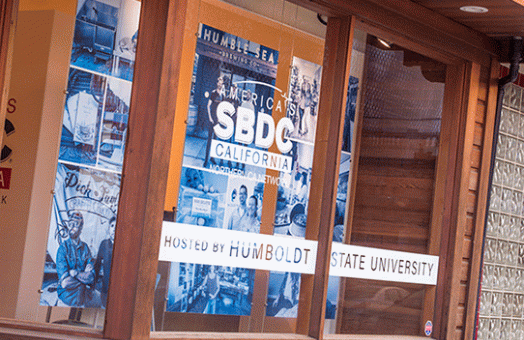
NorCal SBDC Initiative to Bring $100 Million to 1,000 Black-owned Businesses
Looking to take a bite out of COVID-19 losses and rebuild a suffering segment of the economy, The Inclusivity Project launched this month with the goal of securing $100 million for 1,000 Black-owned businesses.
